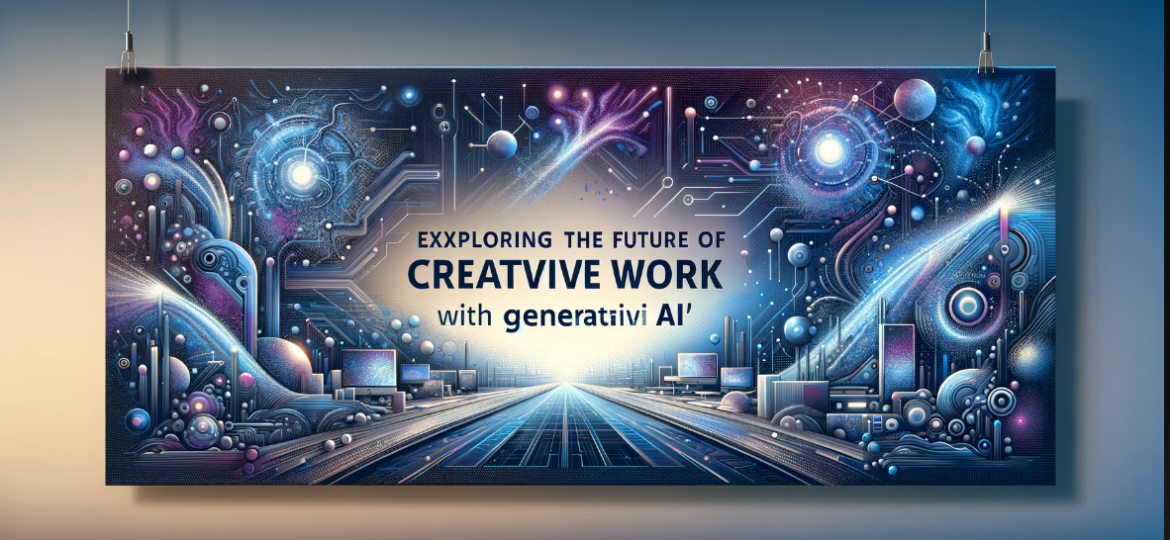
Generative AI refers to algorithms that can generate new content based on the data they have been trained on. This technology has found applications in various creative fields:
Art: AI algorithms can create paintings and visual art that challenge our notions of creativity. These AI-generated artworks are not mere copies of existing styles but often present new aesthetics and interpretations.
Music: In the music industry, AI is being used to compose new pieces, sometimes in collaboration with human musicians, pushing the boundaries of genres and styles.
Writing and Journalism: From generating creative writing pieces to aiding in journalistic endeavors, AI is making its mark. It’s being used to draft articles, create poetry, and even write short stories.
Design and Architecture: In design and architecture, generative AI helps in creating innovative and efficient designs, taking into account factors like aesthetics, functionality, and environmental sustainability.
Several artists and creators have embraced generative AI. For instance:
An artist uses AI to create a unique blend of traditional painting styles with futuristic elements, resulting in artwork that is both familiar and utterly novel.
A music producer collaborates with an AI algorithm to produce an album where each track is a blend of human creativity and AI innovation.
As AI plays a more significant role in creative processes, questions arise about authorship and originality. Who is the creator when a piece is generated by AI? What are the ethical implications of AI-generated content? These are crucial questions the art world is grappling with.
Looking ahead, the evolution of generative AI is likely to continue at a rapid pace. We might see more sophisticated and nuanced AI creations, blurring the lines between human and machine-made art even further.
Generative AI is not just a tool; it is a paradigm shift in the creative world. As we navigate this new era, it’s essential to consider the implications of this technology on creativity, authorship, and the very definition of art.






